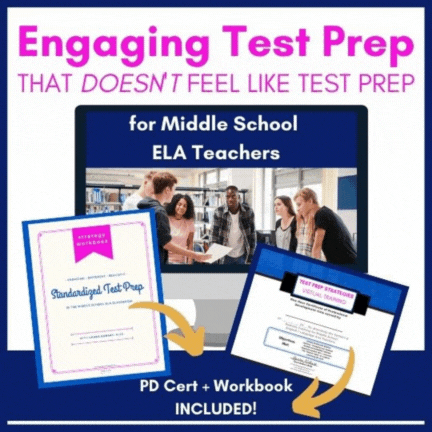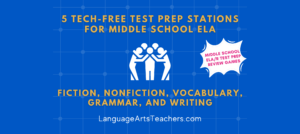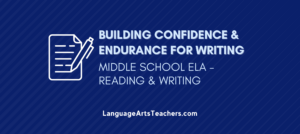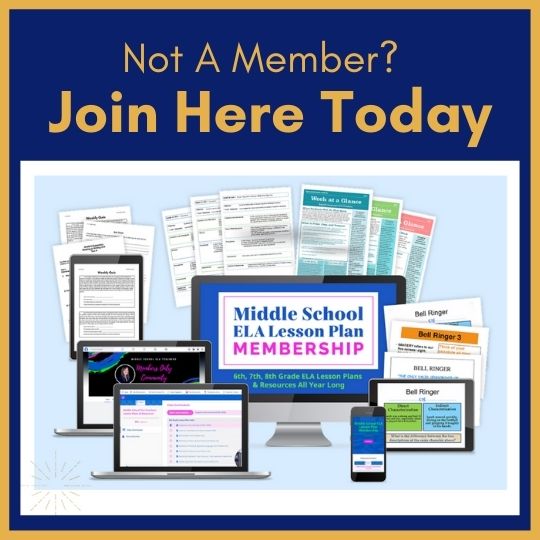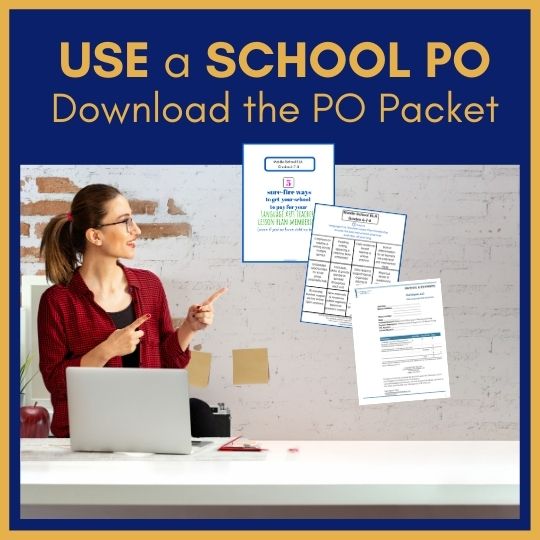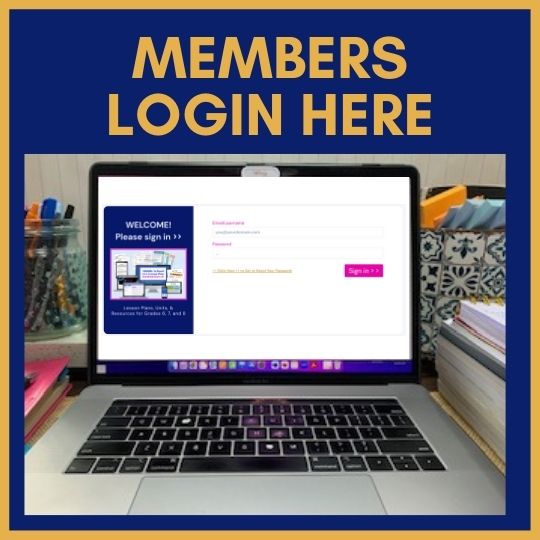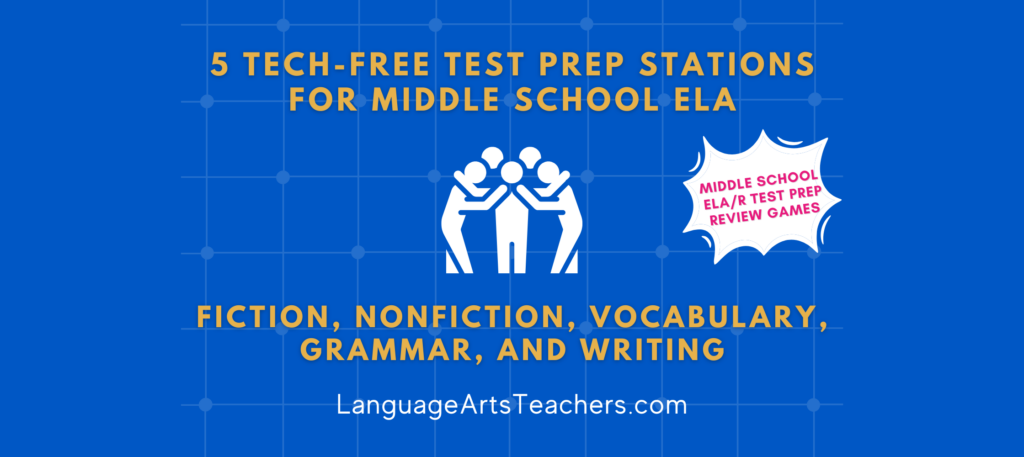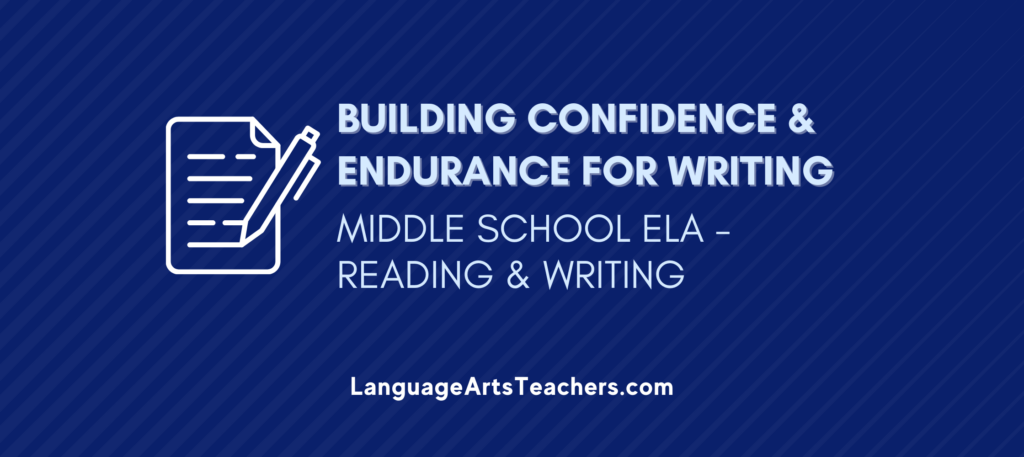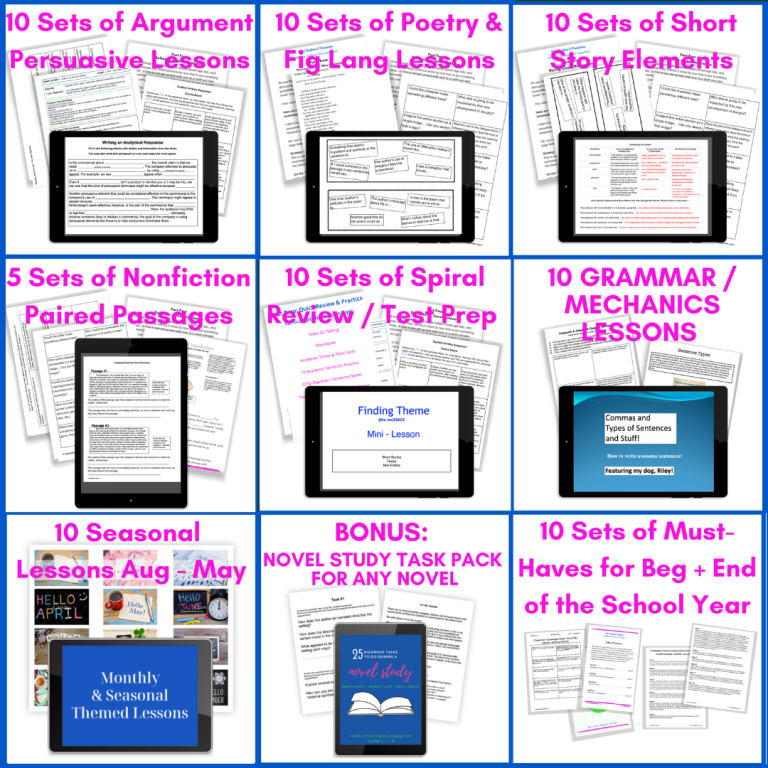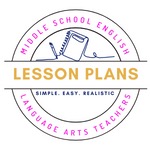Kids Reading Aloud:
It Doesn’t Have to Be Painful!
Easy, actionable steps to take to ensure your students can read aloud with real voice and tone:
First of all, I just want to say that this particular blog post is focused on helping your Language Arts students learn to read aloud with tone, inflection, and meaning!
For ideas about how to help them analyze an author’s tone in a more traditional literary sense, check out this post here with actionable steps you can take in the classroom to accomplish that!
Ok, we all know it can be absolutely dreadful, horrible, awful, and agonizing to have to listen to class after class read aloud.
I mean, sure, it needs to be done… But you can only take so much of a monotonous, choppy, low-talker that no one can even hear.
This is especially difficult for those of us who teach middle school ELA grades, like grades six through eight. The kids typically LOVE to read aloud— especially if it’s a play! The problem is that by the time kids get to these grade levels, they may not have had any recent instruction or practice in fluency, tone, volume, or any of the other skills needed to really be able to read out loud and convey meaning through voice. Doesn’t all that type of instruction typically end around 3rd or 4th grade?
And besides, plays are definitely meant to be read aloud and not just silently.
Of course, not all kids read with the kind of tone and cadence that makes you want to pass out on that cold linoleum classroom floor. Some kids really—I mean, really get into their roles and then it’s amazing!!!
This is so needed because it’s good for those shy, quiet kids to hear.
Or those low-talking, struggling readers to hear.
It’s just great for classroom morale, too!
So here are some things a teacher can do BEFORE just throwing a play out there for the students to read aloud. These tips and activities will help guide and teach your students what reading aloud (especially if it’s a play) is supposed to be about.
Tip 1
Write the words TONE and ATTITUDE on the board. Emphasize to your kids that “tone means attitude” and how what you read aloud (and hear in your head) should sound the way it’s meant to sound.
Your TONE is your ATTITUDE!
It’s not really WHAT you say…It’s HOW you say it!
Tip 2
Next, give the following writing prompt to your students to emphasize the point you just made about tone and attitude:
Write about a time when someone said to you, “Don’t take that tone with me!” or “I don’t like your tone!” Explain the situation you were in… What was the tone you had that got you in trouble?
ASK: Who wants to share the TONE INCIDENT aloud?
Tip 3
Now, talk about how when you read a play, the STAGE DIRECTIONS often tell the actor HOW the line should sound when its read aloud. Provide an example like this, and let the students take turns playing around with the tone of their own voices out loud.
Tip 4
At this point, your kiddos will be ready to read the play aloud.
But not so fast!
Go ahead and give them a copy of the first scene or two of a play that you actually want them to read aloud (at some point– not right away!!).
Have them complete this “pre-Read-aloud” activity. I’m telling you: once they have worked through the three aforementioned tips as well as this silent preparation activity posted below, they will be sooooo much more ready and able to read their roles aloud in class, and you’ll be surprised at how this extra work ahead of time is really, really worth it.
Get the free activity here
Finally, check out how this skill actually helps improve overall reading comprehension and analysis:
-
Reading aloud a portion of any text and having it actually sound good!
-
Reading silently and “hearing” the tone in their heads as they do so.
-
Reading with comprehension since tone=meaning
-
Re-reading with a different tone to see if meaning changes in any way



